Conventional wisdom has it that technical regulation changes in Formula 1 create an opportunity for teams to jump up the competitive order. The biggest overhaul of the rules in Formula 1 history ahead of last season meant expectations were high heading into 2022 that there would be a massive shake-up.
But while memories of Brawn rising from the ashes of Honda to win the championship in 2009, having endured a dire 2008, or McLaren returning to title-winning ways in 1998, loomed large, the shape of 2022 was very familiar.
The big teams were still at the front, the smaller teams at the back, and the disruption to the order overall wasn’t significant. Although the competitive order wasn’t identical to 2021, the changes weren’t any more significant than might be seen between two stable seasons.
Mercedes slumped from first to third, but still won a race in 2022 and remained part of a ‘big three’ at the front. That’s despite making some big conceptual errors with its car, which even at its weakest in the early stages of the season was still comfortably third-best on race day even when it fell into the clutches of the midfield in qualifying.
Ferrari re-emerged as a race-winning force having topped the midfield the year before. But that was part of a trajectory of recovery dating back to the various engine technical directives that cost it performance in 2020. Ferrari was in that lead group in 2019 and simply reclaimed its place in the natural order last year.
The biggest movers further down the order were AlphaTauri, which dropped three places from sixth to ninth, and Alfa Romeo, which went in the opposite direction. What’s more, Alfa Romeo’s initial good form dropped off partly because it gained early on from being the only team on the minimum weight limit, while AlphaTauri underachieved with a car that was quick enough to be seventh.
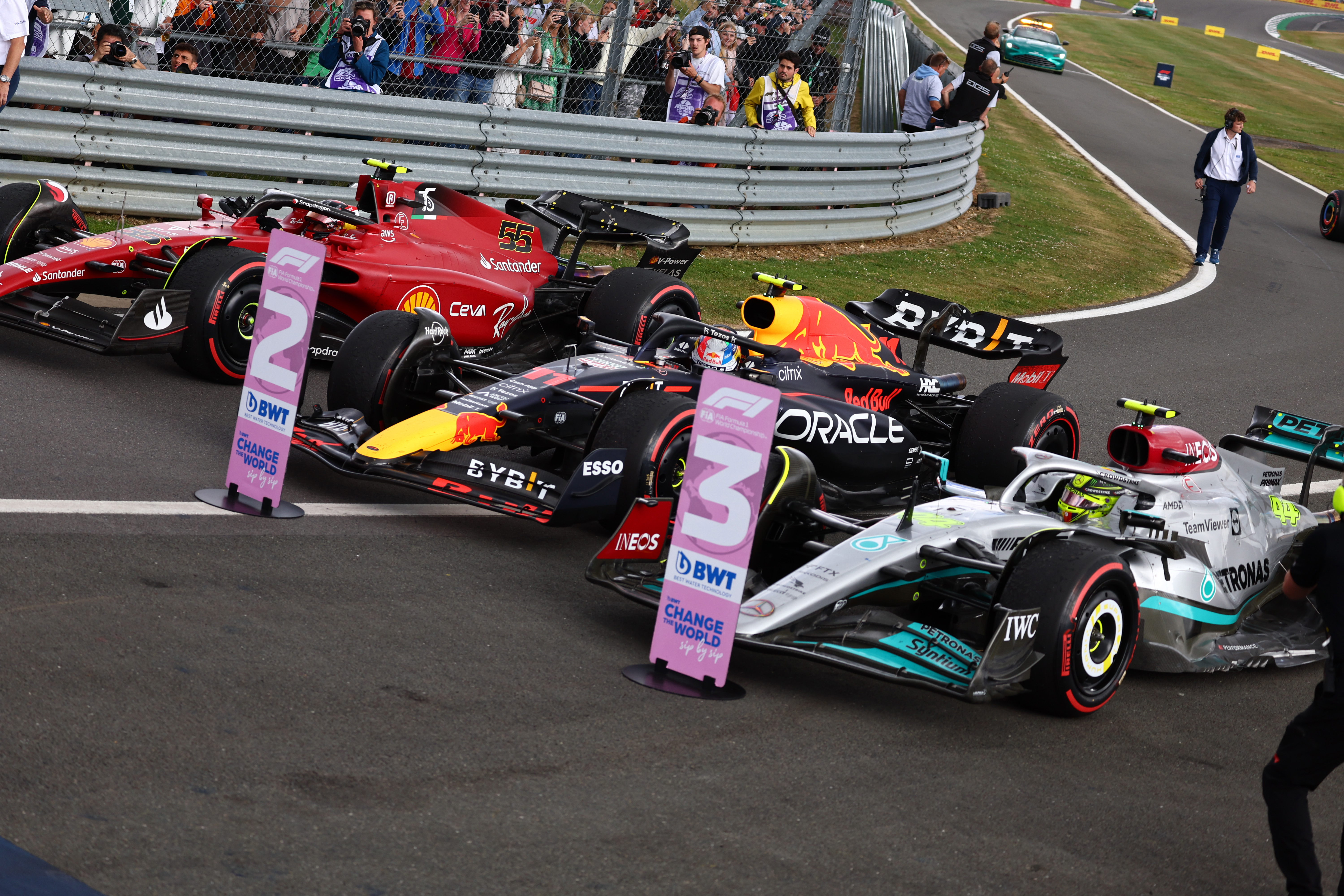
By and large, this was just a small shuffle within the established order. Midfield teams were still midfield teams and the leading outfits still had a significant advantage over the rest. In fact, the top three increased its share of points scored from 69% to 78% in 2022 compared to 2021 and the Red Bull/Ferrari/Mercedes triumvirate bagged 65 out of the 66 podium spots for the year.
It also proved to be a season of dominance for Max Verstappen and Red Bull. Verstappen won a record 15 times, while Red Bull won 17 out of 22 races.
This dominance was partly because Red Bull aced the new regulations, producing a car that wasn’t prone to the porpoising problems that limited others and that dominated from mid-season onwards. That’s thanks to it hitting on a concept that was less dependent on ultra-low ride heights and stiff ride that allowed it to develop unencumbered by troubleshooting problems, as well as reducing the weight of the car (and crucially improving the weight distribution) as the season progressed.
Ferrari magnified that dominance by failing to capitalise on its prodigious pace and dozen pole positions, which it turned into just four wins. Mercedes also contributed with its underachievement, but had it not made some bad decisions with its car the balance of power might have looked almost identical to 2021.
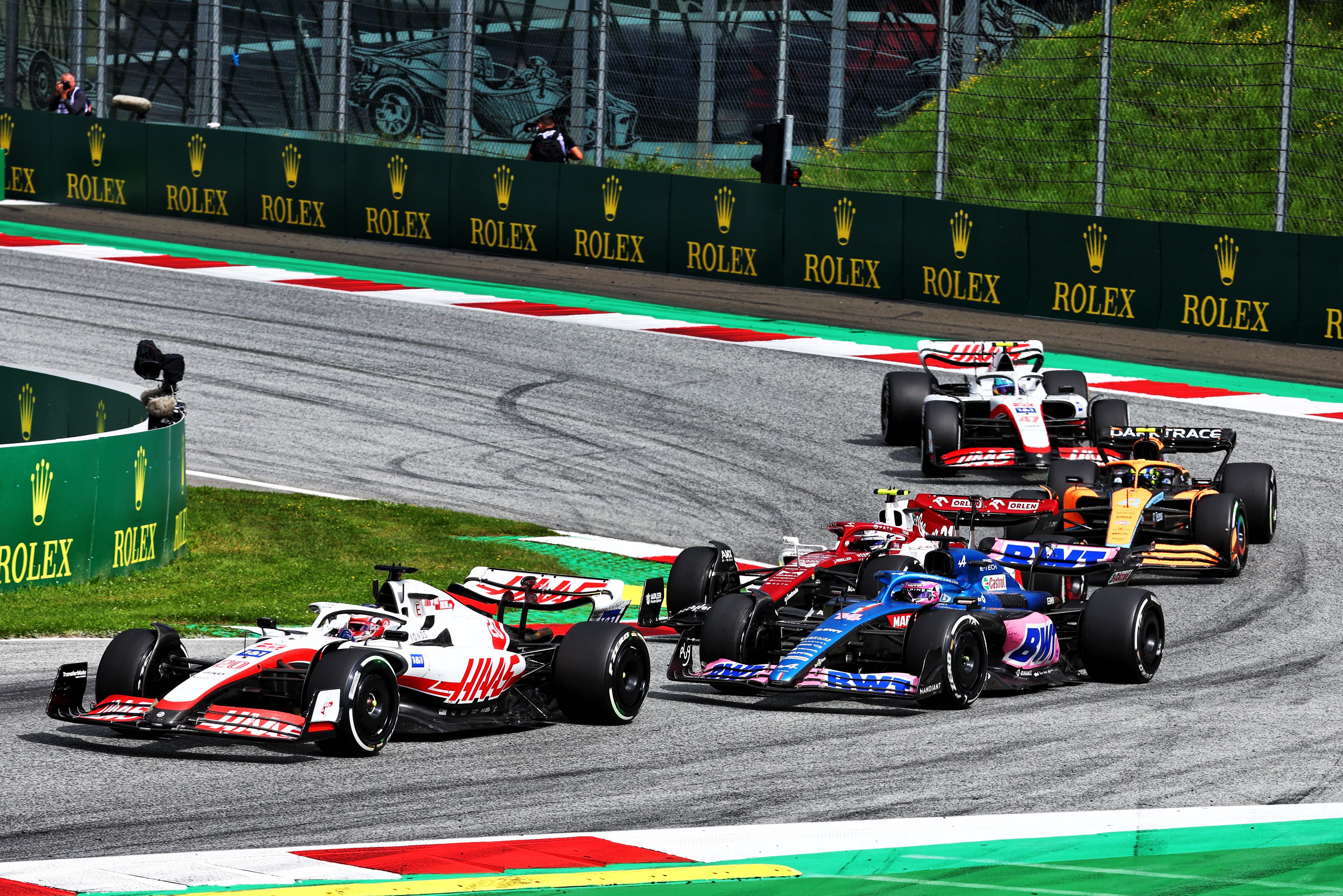
Closing up the field was one of the stated aims of this set of rule changes. While what Ross Brawn called “raceability” was a priority, the FIA’s head of single-seater technical matters Nikolas Tombazis said when the new rules were announced at the 2019 United States Grand Prix that simplifying the cars was expected to reduce the performance differentials.
“Part of the aerodynamic research is the reduction of the wake to improve the performance of following cars,” said Tombazis in 2019. “We’ve also sought to simplify the cars, the final shapes, and to desensitise some areas leading to lower performance differentials.
“So we hope these new aerodynamic regulations will mean the difference between the slowest and the fastest car will be smaller.”
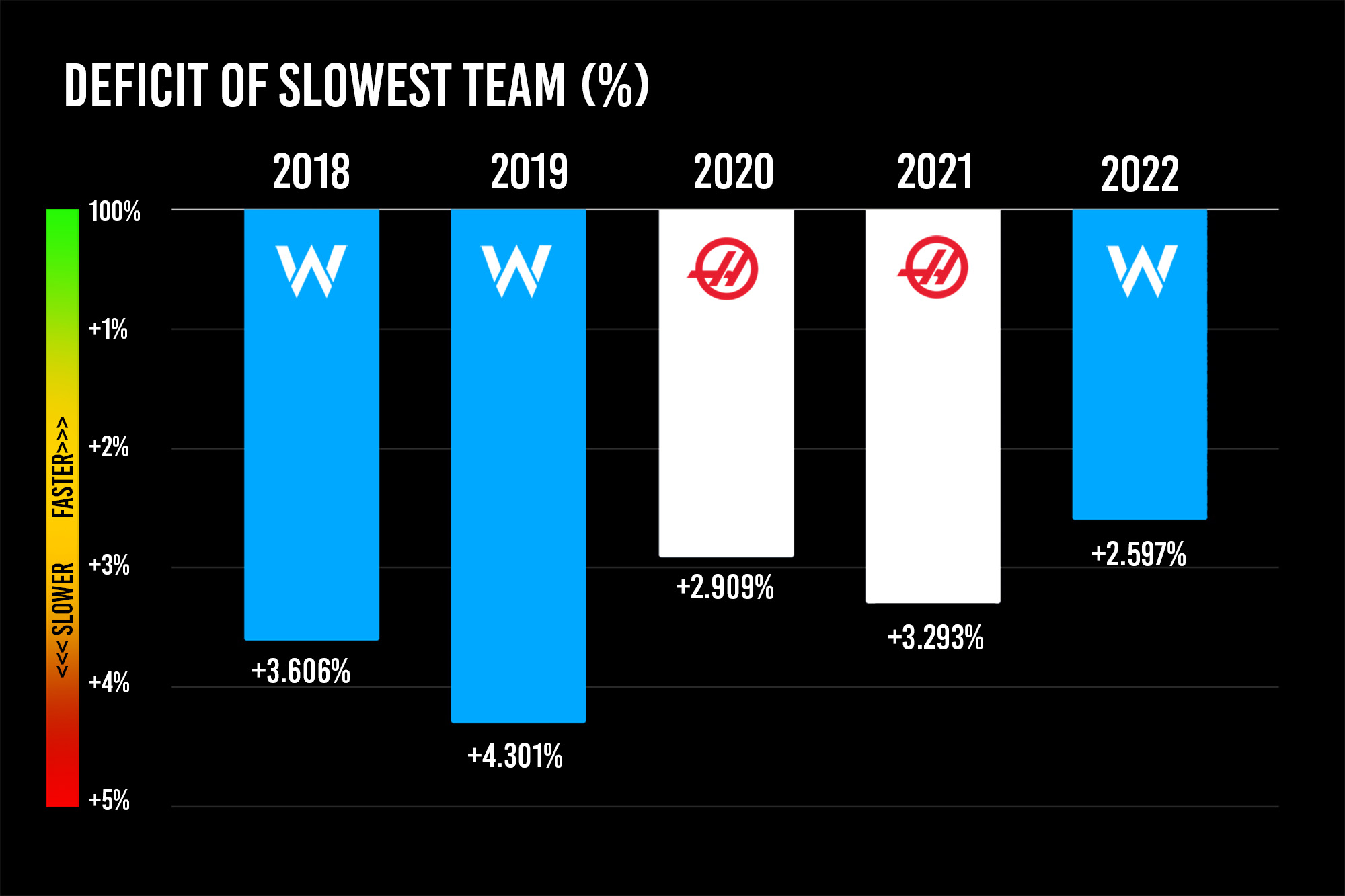
So has this worked? If you use Tombazis’s measure of difference between the fastest and slowest car as the metric, then yes. In 2022, Williams was the slowest team, 2.6% off the pace. Last year, Haas was slowest, 3.3% down.
That’s a limited metric given often the slowest team is having an unusually troubled season – and that was certainly the case with Haas and it’s 2021 car, which was based on minimal development to allow the maximum focus on 2022.
However, it is a respectable enough starting point, and it was always expected to take time for these rules to fully close up the field. This is because of the baked-in advantages of years of investment both in facilities and the built-in understanding of the underlying science needed to produce F1 cars.
The current regulations package was always seen as part of a long-term shift in the way F1 works rather than a quick fix. As Tombazis said at the end of the 2022 season, the concern will be if things don’t close up in the coming years.
“It wasn’t,” said Tombazis when asked if it was unexpected to see the big teams dominating. “The effects of the cost cap takes some years to sink in. There’s still an initial advantage to people, so initially it was bound to still be the well-off teams that adapt better to the rules. It was an outcome of being the first year of the regulations.
“I think the gaps were very low for the first year of new regulations. If it was the fifth year like that, it would be a bit more worrying, but it was actually the first and if you look back at first year’s regulations – either 2014 or 2009 or whatever, 1998 – these first years usually had some fairly big gaps. This year, it’s been much less than that.”
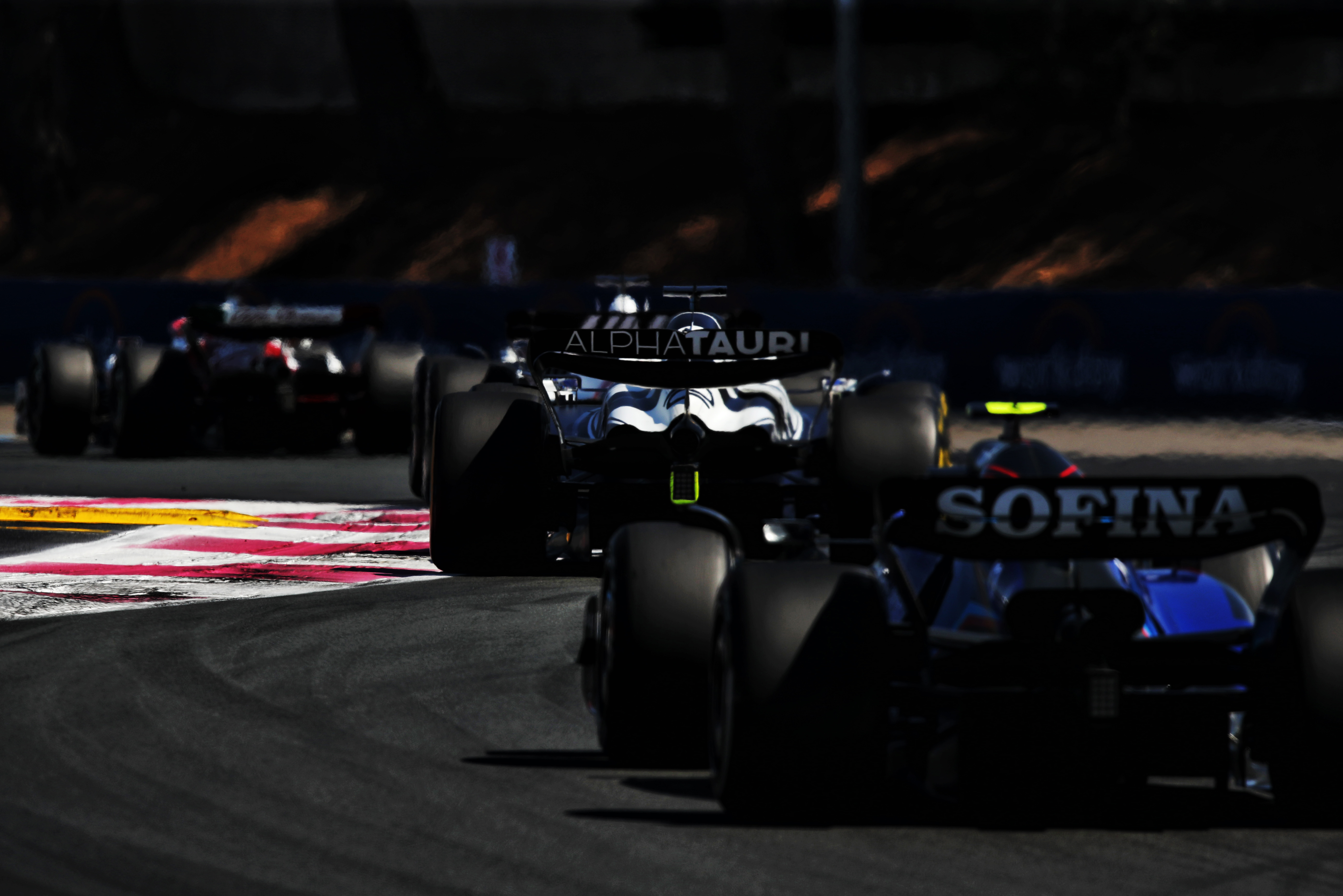
It’s important to remember that it’s not just about the technical regulations, but also the cost cap. While this was introduced in 2021, it was conceived as part of this rules revolution. It’s just that when the technical regulations were deferred by a year because of the financial impact of the COVID-19 pandemic, the financial regulations were not put back. In fact, they were tightened up, with the cost cap figure reduced.
The cost cap, the baseline figure for which was $140million last year and drops to $135m this year (although the real number is higher once various adjustments are taken into account), was a key part of what Chase Carey, then F1’s CEO, said in 2019 was all about creating “a sport where success is determined more by how well a team spends its money, not by how much it spends”.
As well as the cost cap, there are other measures. The Aerodynamic Testing Regulations (known as the ATR) are also key to this. It’s effectively a handicap system that awards the most windtunnel and CFD research time to the worst team in the championship, decreasing in 5% increments as you move up the table.

Combined with the cost cap – and the more equitable distribution of the prize money awarded to teams under the current Concorde Agreement – the effect can only be fully felt in the long-term. That means it will take time for the 10 teams to become more even in terms of performance potential based on resources and facilities. After all, the big teams still have the best facilities, on top of greater know-how built up over years outspending the opposition.
Tombazis is right to say that the gaps are usually made bigger by major rule changes. Of the three seasons he mentions, the gap from front to back for two of them was significantly larger than this year, with a similar pattern in 2017. The exception is 2009, which had a tightly-packed spread on average, although Brawn started the season with a big performance advantage.
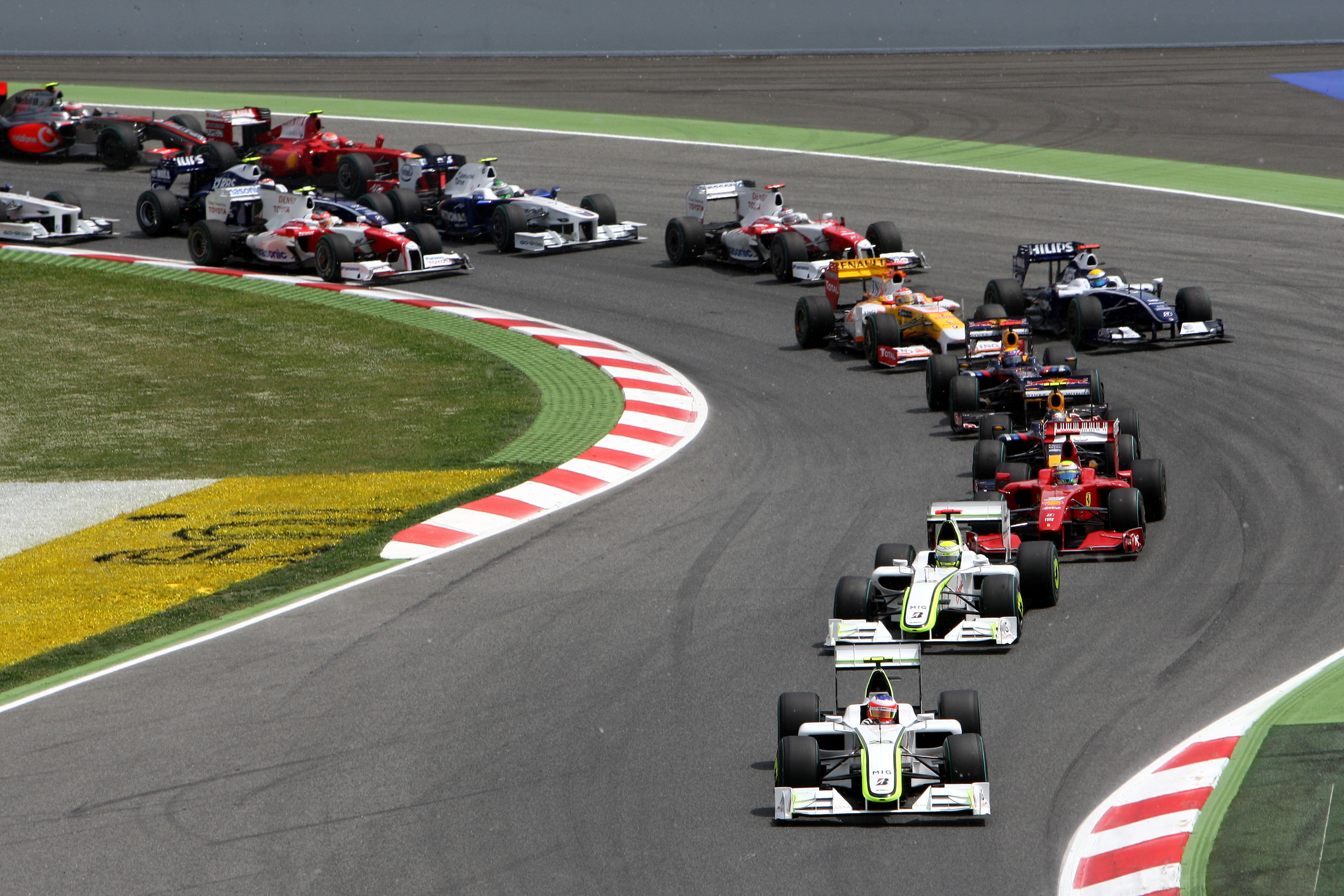
Despite Red Bull’s dominant season, 2022 was a qualified success as the start of a new rules era. The order may not have been scrambled dramatically and the competitive spread is still bigger than fans would like, but it’s a solid starting point.
With spending controlled, the technical regulations offering limited opportunity for extracting increased aerodynamic performance and the engine freeze locking in the similar performance across the four power unit manufacturers to the current relatively similar levels, it should get increasingly difficult to dominate.
As the rules will remain mostly stable for the next three seasons, things could get a little closer over time. And if the competitive spread is smaller, it takes less of a swing for teams to jump up and down the order depending on how good a job they do. It was never realistic to expect the new rules to shatter the established order and create a new one given the substantial baked-in advantage of the bigger teams.
But it’s important to note that regardless of the regulations, there will always be teams that operate better than others and therefore there will continue to be good and bad operations. The idea of having 10 teams all producing cars with similar pace is a pipe dream, as proved by the competitive spreads in one-make series. There will always be some teams that are better than others. But at least the rules framework has gone some way to rolling back the established order that locked in a group of big teams and a detached midfield group. That’s the most positive aspect of the rule changes.
There’s more work to be done and the rules will evolve in 2026 in the hope of building on this solid start. The most encouraging thing is that, for once, F1 has dispensed with quick-fix solutions and has implemented a package of regulations designed to improve the on-track product in the long-term. That means its success must be judged on that timescale.




